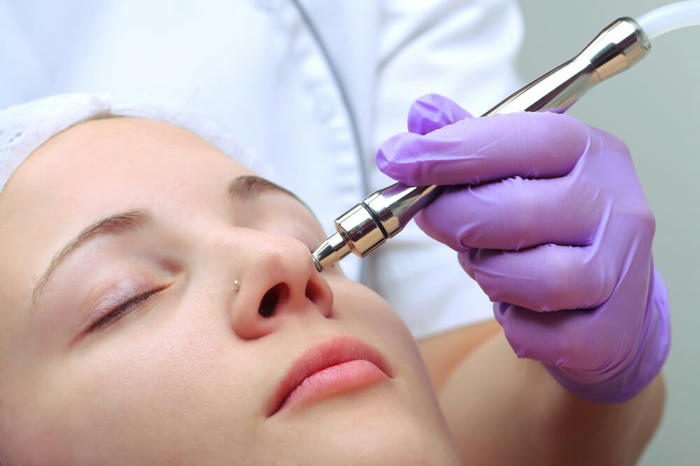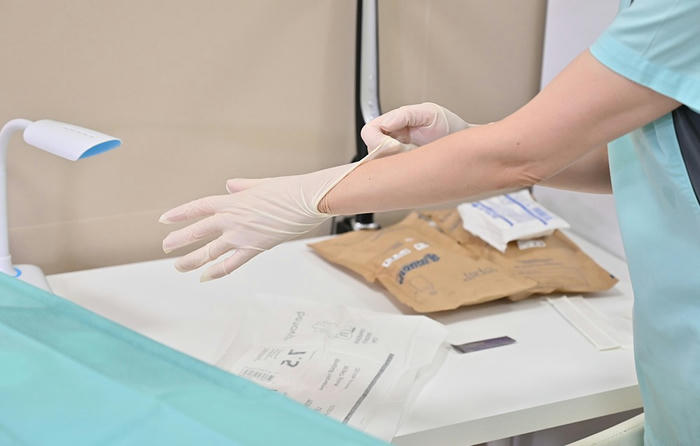Bridging Care and Aesthetics: Your Path to Becoming a Cosmetic Nurse
The intersection of healthcare and beauty is no longer a niche—it’s a thriving industry where skilled professionals are in high demand. Cosmetic nurses, also known as aesthetic nurses, represent a unique blend of clinical expertise and artistic vision, making this career a compelling choice for registered nurses (RNs) seeking innovation and growth. If you’re intrigued by the idea of enhancing patients’ confidence through non-invasive procedures while working in dynamic settings like plastic surgery clinics or dermatology offices, this guide will map out your journey.
What Does a Cosmetic Nurse Actually Do?
Imagine walking into a bustling medspa in Los Angeles or a high-end dermatology practice in Miami. Cosmetic nurses here aren’t just administering injections—they’re trusted advisors shaping patient experiences. Their day-to-day responsibilities span clinical and administrative roles: performing Botox injections, preparing patients for laser treatments, conducting post-op care for facelift recipients, and even researching the latest FDA-approved techniques.
One critical aspect often overlooked is their role in patient education. For example, a client considering fillers may need guidance on realistic outcomes or aftercare. Cosmetic nurses bridge the gap between medical precision and personalized care, ensuring treatments align with both aesthetic goals and health standards. This dual focus requires not just technical skill but empathy—traits that define exceptional practitioners.

Building Your Foundation: Education and Certifications
To enter this field, you’ll first need an RN license, which starts with a nursing degree. While an Associate Degree in Nursing (ADN) takes 2.5–3 years, a Bachelor of Science in Nursing (BSN) offers deeper training in areas like pharmacology and patient psychology—a four-year investment that pays dividends in career flexibility.
After graduation, passing the NCLEX-RN exam is non-negotiable. Think of it as your gateway to licensure. States like Texas and California have specific requirements, so research your local nursing board early. Once licensed, target roles in dermatology or plastic surgery clinics. For instance, Sarah, an RN in Chicago, transitioned into aesthetics by volunteering at a local medspa during weekends to gain hands-on experience with laser devices.
Certifications like the Certified Aesthetic Nurse Specialist (CANS) credential solidify your expertise. Administered by the Plastic Surgical Nursing Certification Board (PSNCB), this requires two years of RN experience, including at least 1,000 hours in cosmetic procedures. Preparation courses, often available online, can fast-track your readiness.

Timeline to Success: How Long Does It Take?
Let’s break this down numerically:
ADN Pathway: 2.5 years (degree) + 6 months (NCLEX prep/licensing) + 2 years (clinical experience) = 5 years to full certification.
BSN Pathway: 4 years (degree) + 6 months (licensing) + 1 year (targeted aesthetics training) = 5.5 years with stronger advancement potential.
But timelines can shrink with strategic moves. Accelerated BSN programs, like those offered by Northeastern University, compress coursework into 18 months for career changers. Additionally, some employers sponsor certifications, allowing you to earn credentials while working.
Why the Hype? Career Outlook and Financial Incentives
The U.S. Bureau of Labor Statistics projects a 17% surge in demand for skincare specialists over the next decade—nearly triple the average job growth. Cosmetic nurses, positioned at the crossroads of healthcare and beauty, are riding this wave. In cities like New York or Beverly Hills, entry-level salaries start at $85,000, climbing to $130,000+ for seasoned professionals.
Private clinics and luxury resorts are increasingly hiring aesthetic nurses to meet consumer demand for “tweakments.” Take Dr. Emily’s practice in Austin: her team of three nurses handles 40+ clients weekly, offering everything from microneedling to IV hydration therapy. This isn’t just a job—it’s a portfolio of skills that grows with industry trends.
Real Stories, Real Impact: From RN to Aesthetic Innovator
Consider Maria, a former ER nurse in Phoenix. Burned out by hospital shifts, she pivoted to aesthetics, completing a CANS certification while working part-time at a dermatology clinic. Within two years, she became lead nurse at a celebrity-frequented medspa, now training newcomers. Her story underscores a key point: this field rewards initiative and specialization.
Another example is James, a BSN graduate who leveraged his background in oncology nursing to specialize in post-cancer reconstructive procedures. His unique niche—working with mastectomy patients on scar revision therapies—showcases how cosmetic nursing can merge compassion with cutting-edge science.
Your Next Move: Seizing Opportunity in a Competitive Field
The rise of non-surgical treatments isn’t slowing down. From neurotoxins to thread lifts, patients want minimally invasive options, and clinics need experts who can deliver results safely. To stand out, focus on continuous learning: attend workshops by organizations like the American Society for Dermatologic Surgery or pursue advanced certifications in laser safety or injectable techniques.
Start by auditing your current credentials. If you’re already an RN, identify gaps in your aesthetics experience. Shadowing a practicing cosmetic nurse for a day or enrolling in a weekend Botox training course could be your first step. For nursing students, seek clinical rotations in dermatology or plastic surgery—it’s never too early to build connections.
The door to this career is open, but it’s up to you to walk through it. Update your resume, highlight transferable skills like patient assessment or sterile technique, and apply to clinics that value growth. With demand soaring and innovation accelerating, there’s never been a better time to redefine what nursing means—one syringe, one smile, and one transformed career at a time.
